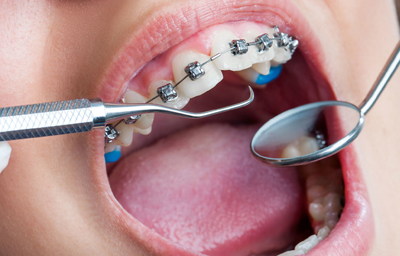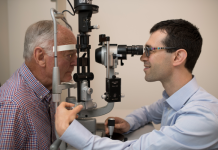
When it comes to achieving a straighter smile, selecting the right orthodontic solution is crucial. Patients in Munich often face a choice between traditional braces and modern clear aligners. Understanding the pros and cons of each option is essential for making an informed decision that aligns with your lifestyle and orthodontic needs. Consulting a qualified Kieferorthopäde München can guide you through this process, helping you choose the best treatment for your unique situation.
Both braces and clear aligners effectively correct dental misalignments, but they differ significantly in appearance, comfort, and treatment approach. In this article, we will explore the key differences between these two popular options to help you determine which is right for you.
Traditional Braces
Traditional braces consist of metal brackets affixed to the teeth, connected by wires. They are effective for a wide range of orthodontic issues, including severe misalignments and complex cases. Here are some advantages and disadvantages of braces:
Advantages
- Effectiveness: Braces can treat complex dental problems and are suitable for all ages.
- No Compliance Required: Once installed, braces work continuously without requiring patient compliance, making them ideal for those who may forget to wear removable aligners.
- Variety of Options: Braces are available in different styles, including metal, ceramic, and lingual options, allowing for some customization based on personal preferences.
Disadvantages
- Aesthetic Concerns: Traditional metal braces are visible and may affect your confidence, particularly for adults.
- Comfort: Braces can cause discomfort, especially after adjustments, and require dietary adjustments to avoid damage.
- Maintenance: Braces require careful cleaning to prevent plaque buildup and staining.
Clear Aligners
Clear aligners, such as Invisalign, have gained popularity as a more discreet orthodontic solution. They consist of a series of custom-made plastic trays that gradually shift teeth into alignment. Let’s examine their pros and cons:
Advantages
- Aesthetic Appeal: Clear aligners are virtually invisible, making them an attractive option for adults and teens concerned about aesthetics.
- Comfort: Aligners are generally more comfortable than braces, with no metal components to irritate the mouth.
- Removability: Patients can remove clear aligners during meals and for oral hygiene, making it easier to maintain good dental health throughout treatment.
Disadvantages
- Compliance Required: Clear aligners must be worn for 20 to 22 hours a day for effective treatment. Patients must remember to wear them consistently for optimal results.
- Limited Applicability: Clear aligners may not be suitable for complex orthodontic cases, making them less effective for severe misalignments.
- Potentially Longer Treatment Times: Depending on individual cases, aligners may take longer to achieve desired results compared to braces.
Conclusion
Deciding between braces and clear aligners ultimately depends on your specific orthodontic needs, lifestyle, and aesthetic preferences. Both options have their unique advantages and challenges, making it essential to consult with a knowledgeable Kieferorthopäde München. They can assess your dental situation and guide you toward the best orthodontic solution for achieving the perfect smile you desire. Take the time to explore your options and schedule a consultation to start your journey towards a straighter smile.






